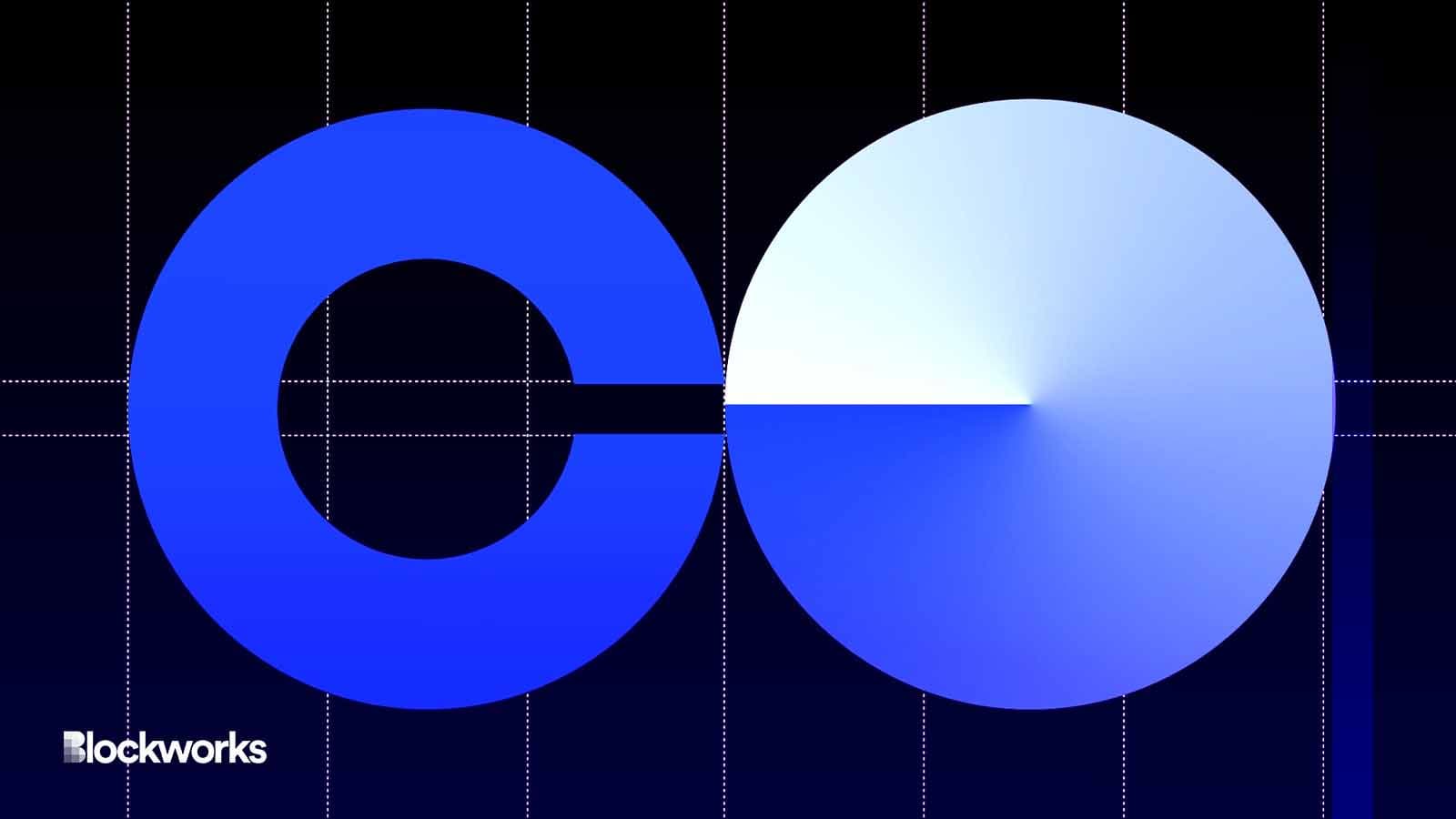WstETH gets on Base after LayerZero strikeout
Lido DAO approved a bridging standard to Base as canonical shortly after rebuffing LayerZero’s bridging standard

Base modified by Blockworks
Lido’s wrapped staked ether (wstETH) is now available on Coinbase’s layer-2 network Base following nearly unanimous approval from Lido’s DAO.
The bridge deployment makes Base the latest protocol to access wstETH, joining the likes of Optimism, Arbitrum, Polygon and Cosmos. The news comes two weeks after LayerZero’s bridging solution was widely called non-canonical by the DAO.
wstETH is a wrapped version of Lido’s popular staked ether (stETH) product that gives the token a constant balance — rather than changing daily to reflect staking rewards — for easier use in DeFi. Around $21 million of wstETH changed hands over the past 24 hours, according to CoinMarketCap.
And wstETH deployments have a deep pool to potentially draw from. Lido staked ether (stETH) is currently the eighth-largest cryptocurrency by market capitalization.
Since launching in August, Base has become the third-largest rollup by number of protocols and total value locked (TVL). It trails only Arbitrum and Optimism, according to DeFiLlama. Base was built on Optimism’s OP stack, so Lido could reuse the same wstETH bridging solution from when it deployed on Optimism.
Read more: Base protocol is spearheading ‘the next generation of the internet’: Coinbase’s Jesse Pollak
Users can access the bridge through Superbridge, an OP Stack bridge launched in September.
The initial proposal for the Base deployment was written by KyberSwap. 20% of the votes in favor were cast by Hasu of the Flashbots MEV protocol.
KyberSwap’s proposal was careful to note wstETH would reach Base through a canonical bridge designed to be managed by Lido DAO. In late October, the bridging protocol LayerZero drew criticism from Lido’s DAO after deploying and marketing its omnichain fungible token (OFT) before the DAO accepted its bridge standard.
Following the criticism, LayerZero asked Stargate to remove the zero-knowledge layer-2 Scroll as a part of its wstETH OFT. At the same time, it doubled down on its request for the DAO to accept control of the bridging contracts to BNB and Avalanche. Scroll, Avalanche, and BNB all still appear on Stargate’s wstETH transfer page. The Scroll bridge is only live for users to remove assets from the OFT.
Lido and LayerZero did not immediately return requests for comment.
Get the news in your inbox. Explore Blockworks newsletters:
- The Breakdown: Decoding crypto and the markets. Daily.
- 0xResearch: Alpha in your inbox. Think like an analyst.






